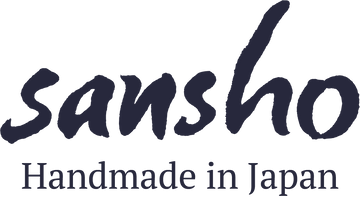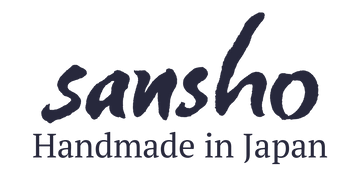The curious mismatch between this pair of Japanese mugs, or yunomi, make them all the more charming. Often bought in Japan as a gift for couples as the slight difference in shape means they are easy to tell apart, and they represent a true pair but with each having their own character. These have a lovely mottled warabai glaze with the added texture of lightly combed ridges around the outside.
- 8cm Diameter, 8cm High
- Stoneware (see our Care Guide)Dishwasher Safe
- Hand-thrown, wood-fired noborigama, from the Jugomori Kiln in the village of Hoshino on Ky?sh? island
- Find out more on our blog
Hoshino Yaki
We first came across Maruta san when we were taking our children up to the local onsen in Hoshino village after hunting for fireflies. With no internet and only a little shop front, he is happy to live a simple life up in the hills. The Jugomori Kiln was founded by Maruta san and he started to focus on reviving the Hoshino yaki style famous for yuhi yaki (Sunset colour), which was lost in the mid 19th Century. Hoshino village flourished as a tea-growing village so making tea caddies was also a part of village industry. However, from all this traditional industry, now only three kilns including Jugomori Kiln are left in this village.
Maruta san focuses on kushime yohen: kushime means comb-marks and yohen means making colour in the kiln (which implies colour outside of the craftsman’s control). Maruta san influences the rainbow colour by choosing the right clay, placing his works in a certain position in the kiln and putting straw around the works before firing. However, how the colour ends up relies only on the movement of ash and fire in the kiln. His pieces are unglazed (yakishime) and this rainbow colour is the colour Nature makes, and represents the earth itself. Therefore, the defect rate is also high, only works that can survive the kiln end up on the shelves.


